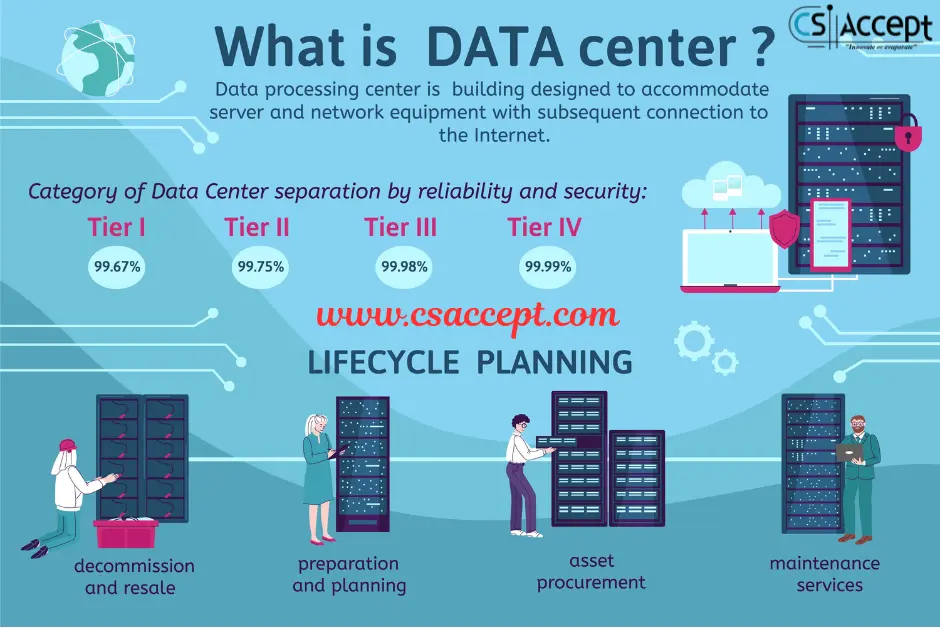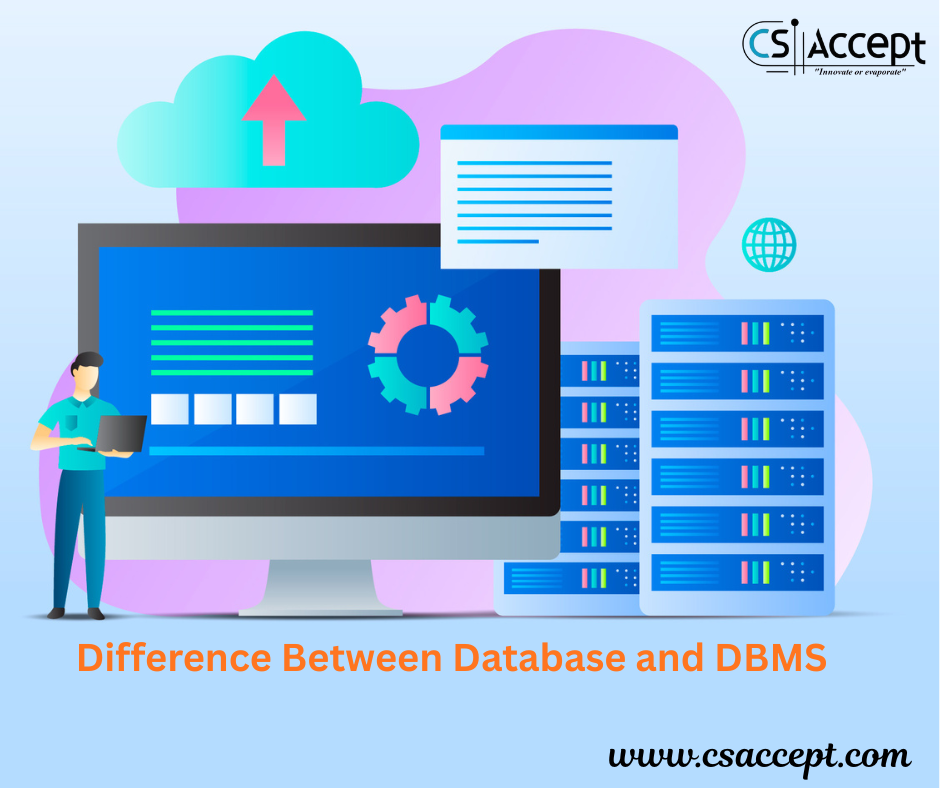
What is Serverless Computing?
Introduction
Serverless computing is a modern cloud computing model where developers build and run applications without managing the underlying infrastructure such as servers, storage, and network. Despite the name, it does not mean servers are eliminated — rather, the responsibility of provisioning, scaling, and managing them is handled by the cloud service provider (like AWS, Azure, Google Cloud).
Serverless computing allows developers to focus only on writing code and defining the application logic, while the cloud provider handles everything else.
How Serverless Computing Works
In a traditional server-based model, you have to:
- Set up virtual machines or containers
- Configure the operating system
- Allocate CPU and memory
- Monitor uptime and scalability
- Pay for the entire server time, whether used or not
In serverless, you:
- Write functions or code snippets
- Deploy them to a cloud platform (like AWS Lambda)
- Define triggers that execute code (like an HTTP request or file upload)
- Pay only for the actual execution time (measured in milliseconds)
The serverless model uses Functions-as-a-Service (FaaS) or Backend-as-a-Service (BaaS) to abstract infrastructure.
Key Characteristics of Serverless Computing
| Feature | Description |
|---|---|
| No Server Management | Developers don’t manage or provision servers manually |
| Event-Driven Execution | Functions are triggered by events such as API requests, file uploads, database changes |
| Auto-Scaling | Automatically scales up/down based on demand |
| Micro-billing | You are charged only for actual function execution time |
| Stateless Functions | Each function runs independently and does not retain memory of previous runs |
Popular Serverless Platforms
- AWS Lambda – Most widely used serverless platform
- Microsoft Azure Functions
- Google Cloud Functions
- IBM Cloud Functions
- Cloudflare Workers – Edge-based serverless computing
Components of Serverless Architecture
1. Function-as-a-Service (FaaS):
- You write small functions that execute on demand.
- Examples: AWS Lambda, Azure Functions, Google Cloud Functions
2. Backend-as-a-Service (BaaS):
- Ready-to-use cloud services like databases, authentication, messaging.
- Examples: Firebase Authentication, AWS Amplify, Auth0, Firebase Firestore
3. Event Sources / Triggers:
- Events like API Gateway requests, file uploads to S3, database updates, etc., trigger function execution.
4. Execution Environment:
- Stateless containers that execute functions and shut down when finished.
Benefits of Serverless Computing
1. Cost Efficiency
- You only pay for what you use (e.g., function runs for 200 ms, you’re billed for 200 ms).
- No charges for idle server time.
2. Scalability
- Serverless platforms automatically scale your application based on demand.
- Can handle a few or millions of requests without manual effort.
3. Faster Time to Market
- Developers focus only on core features.
- No need to worry about server provisioning, patching, or monitoring.
4. Reduced Operational Complexity
- No infrastructure management.
- Reduced DevOps overhead and maintenance tasks.
5. Built-in High Availability
- Serverless platforms are designed to be fault-tolerant.
- Services are distributed across multiple regions/data centers.
6. Improved Developer Productivity
- Write and deploy code without infrastructure concerns.
- Ideal for microservices, APIs, and automation tasks.
Use Cases of Serverless Computing
| Use Case | Description |
|---|---|
| RESTful APIs | Use serverless functions to build backend logic for web and mobile applications. |
| Data Processing Pipelines | Run serverless functions in response to file uploads or data streams. |
| Chatbots & AI/ML Triggers | Process events through a serverless workflow such as NLP, image recognition. |
| Scheduled Jobs (Cron) | Automate daily or periodic jobs without servers. |
| IoT Applications | Trigger serverless functions from IoT device signals. |
| Authentication and User Management | Use BaaS services like Firebase Auth. |
Real-World Examples
1. Netflix
- Uses AWS Lambda to automate video encoding jobs.
- Serverless functions are triggered when new content is uploaded.
2. Coca-Cola
- Runs vending machine backend on AWS Lambda.
- Eliminated the need for always-on servers, reducing costs significantly.
3. Codepen
- Uses serverless for preview rendering tasks.
- Allows high concurrency with low operational overhead.
Limitations / Challenges
While serverless offers many benefits, it also comes with some limitations:
| Challenge | Description |
|---|---|
| Cold Starts | Initial delay when a function is invoked after being idle |
| Limited Execution Time | Functions may have a time limit (e.g., AWS Lambda max = 15 minutes) |
| Debugging Difficulty | Harder to test and debug distributed functions |
| Vendor Lock-in | Dependence on specific cloud services may make it hard to migrate |
| Limited State Management | Functions are stateless and need external services for persistent state |
Serverless vs. Traditional Cloud
| Feature | Serverless | Traditional Cloud (IaaS/PaaS) |
|---|---|---|
| Server Management | None | Required |
| Billing | Per execution | Per VM/CPU hour |
| Scaling | Automatic | Manual or semi-automatic |
| Start-up Time | Milliseconds (after cold start) | Seconds to minutes |
| Ideal For | Event-driven, Microservices | Long-running apps, Custom environments |
Conclusion
Serverless computing is a powerful paradigm that allows developers to build scalable, event-driven applications quickly and cost-effectively. It removes the burden of managing servers, enables fine-grained billing, and supports automatic scaling, making it ideal for modern applications and startups aiming for agility and lower costs.
However, understanding its limitations — like cold starts, vendor lock-in, and stateless architecture — is crucial when deciding whether serverless is the right fit for your project.






